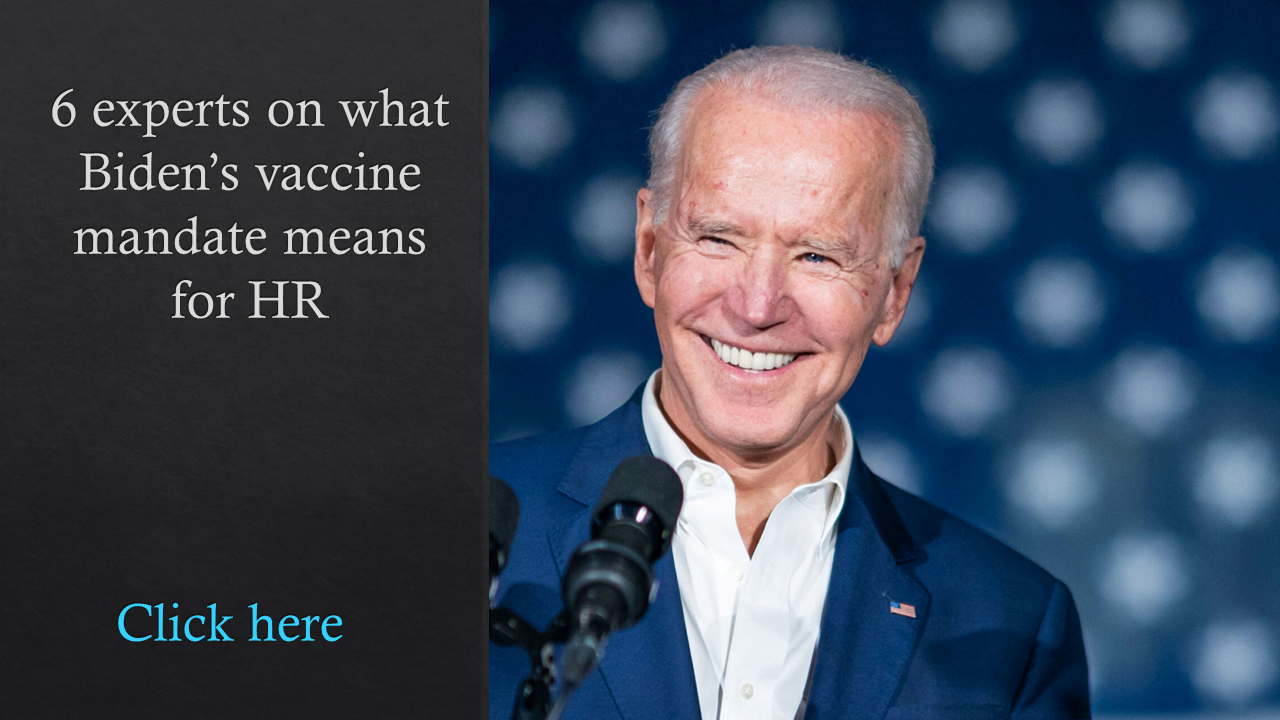The world has never had a closer eye on how employers are responding to social justice issues as it does today.
Once considered taboo to discuss in the workplace, many brands today are placing a very public stake in the ground on where they stand politically. From diversity, equity and inclusion policies to COVID-19 vaccine mandates, organizations have become the trusted voices and influencers over social change, filling in the gaps where federal and state governments have fallen short. One such issue gaining traction more recently is paid family and medical leave.
Currently, there are only nine states in the U.S. with a paid family and medical leave program. For the residents of the other 41 states, there is little support. According to the Bureau of Labor Statistics, only 16% of Americans have access to paid family leave through their employers, and it’s hitting women the hardest: A recent study from American University found that women are 20% more likely to leave their jobs after having a child if they don’t have access to paid leave. For those who can’t afford to leave their jobs, one in four women without access to paid leave are returning to work less than two weeks after giving birth.
As the country awaits a Senate vote on President Biden’s social spending “Build Back Better” bill, which was passed by the House and currently mandates employees have access to four weeks of paid family and medical leave, employers need to understand how best to prepare their companies if the bill passes and what to consider when creating their own paid leave policies.
Here are three primary considerations:
1. Costs
National companies today already have policies in place for the employees residing in any of the eight states with their own paid leave programs. While some states are funding paid leave programs through payroll taxes with joint contributions from both employers and employees, Biden’s program proposes a tax increase to the top 1% of American earners, raising their federal income tax rate from 37% to 39.6%.
 While this sounds like good news to employers, a federal program will still add costs to employers since paid leave will become available to a significantly larger portion of the workforce. Employers should expect that there will likely be an increase in both the number of individuals taking leave and the length of time employees will be out. While this is great news for parents and caregivers, who can now spend a more adequate amount of time with their families, it also means employers need to be able to accommodate and scale for more replacement staff, additional management of these workers and the benefits allocated to both the employees on leave and their replacement hires. While there will be additional costs associated with company-wide paid leave, these are valuable investments towards employee loyalty, engagement and retention.
While this sounds like good news to employers, a federal program will still add costs to employers since paid leave will become available to a significantly larger portion of the workforce. Employers should expect that there will likely be an increase in both the number of individuals taking leave and the length of time employees will be out. While this is great news for parents and caregivers, who can now spend a more adequate amount of time with their families, it also means employers need to be able to accommodate and scale for more replacement staff, additional management of these workers and the benefits allocated to both the employees on leave and their replacement hires. While there will be additional costs associated with company-wide paid leave, these are valuable investments towards employee loyalty, engagement and retention.
See also: Why HR needs to know about parental discrimination laws now
2. Compliance
Layering a federal program on top of existing state programs will add complexity to employers’ compliance regulations. Currently, the federal legislation does not include a safe harbor, which means employers would need to adhere to all jurisdictional requirements if Biden’s proposal passes. Since Biden’s proposal has yet to define how the federal plan will coordinate with other legislatively required programs, defining which plan is primary and if the programs would allow for stacked time or offset benefits is critical. The logistics around defining eligible employees, covered family members, and coordinating between state and federal policies are what make a seemingly simple program complex to administer. This is an excellent opportunity for employers to decide for themselves whether their own corporate leave policy will be the same for every employee or whether the employee’s leave is determined by their state of residency.
3. Culture
 While the federal paid family and medical leave proposal makes strides toward more fair and equitable employee rights, the legislation itself still leaves a large portion of working caregivers in the dark. A recent Pew research study found that one in five families in the U.S. lives in multi-generational households, and that number is on the rise. Biden’s proposal, similar to the unpaid FMLA program that is currently in place at the federal level, is not inclusive of employees needing to care for grandparents, siblings or other extended family members. In addition, while serious illness is a common catalyst for caregiving, there are still many other socio-economic reasons why someone might need to take leave, like the rising cases of elder fraud. Employers should decide for themselves how inclusive they want their corporate leave policies to be based on the demographic makeup of their unique workforces.
While the federal paid family and medical leave proposal makes strides toward more fair and equitable employee rights, the legislation itself still leaves a large portion of working caregivers in the dark. A recent Pew research study found that one in five families in the U.S. lives in multi-generational households, and that number is on the rise. Biden’s proposal, similar to the unpaid FMLA program that is currently in place at the federal level, is not inclusive of employees needing to care for grandparents, siblings or other extended family members. In addition, while serious illness is a common catalyst for caregiving, there are still many other socio-economic reasons why someone might need to take leave, like the rising cases of elder fraud. Employers should decide for themselves how inclusive they want their corporate leave policies to be based on the demographic makeup of their unique workforces.
Related: 5 new NAHR fellows discuss HR’s top trends, challenges for 2022
It’s only a matter of time before federal paid leave is available to employees, but the momentum can’t stop at the legislative level. Employees today don’t just vote with their ballots—they vote with their wallets. They choose which brands to support and which companies they want to work for based on the values they express. As a result, more and more organizations are feeling the pressure to be on the right side of history, knowing that their current and future employees are watching. In the near future, expect to see more employers putting their own paid family and medical leave policies in place to better support their workforce’s wellbeing and families.

